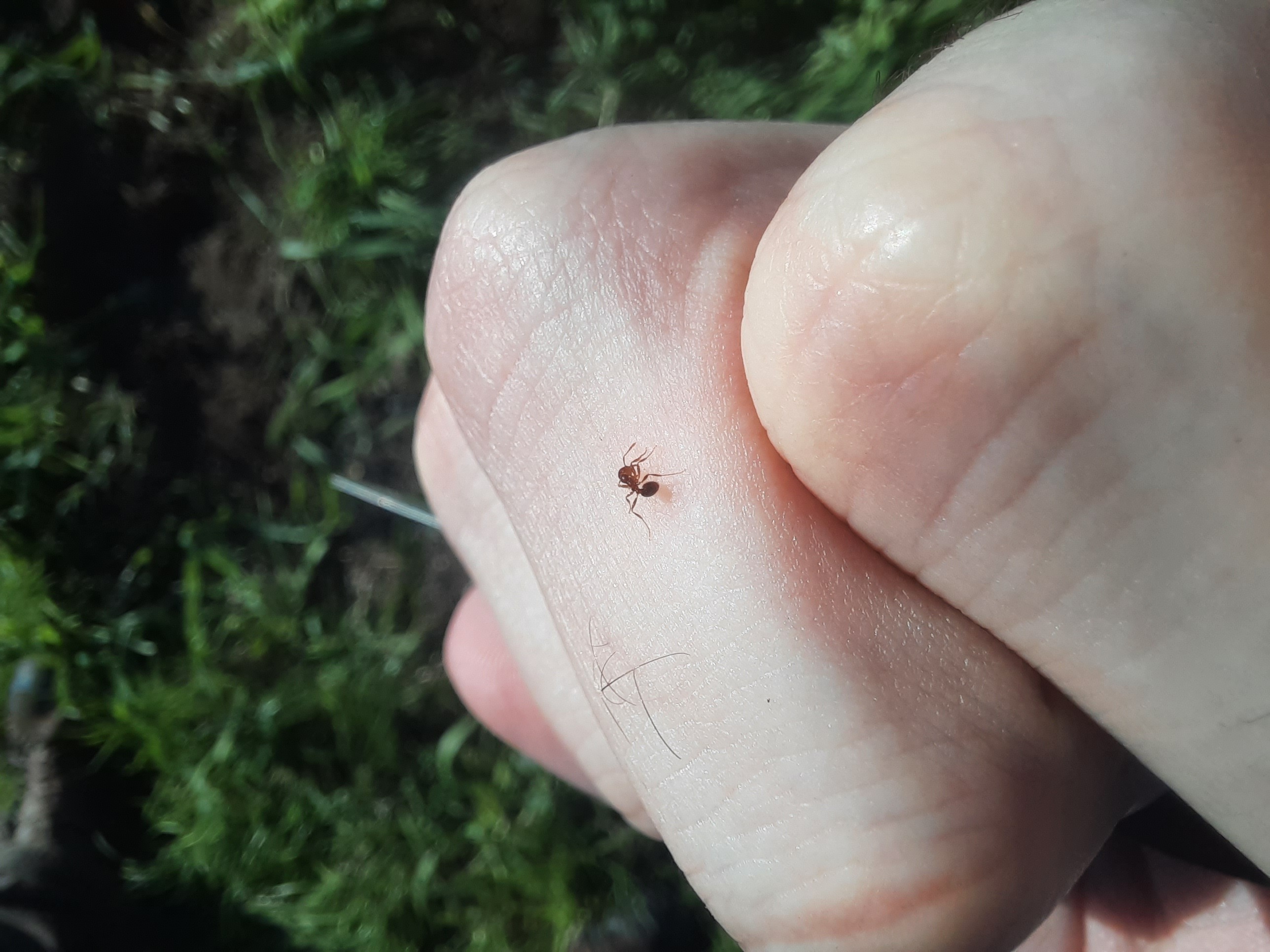Being small does not mean being less intelligent or more antisocial. Ants have proven to be superior to humans in a maze experiment to solve problems as a group, specifically in transporting large loads that far exceed their own dimensions, as reported by Europa Press.
Researchers from the Weizmann Institute of Science studied which of the two species performed better in this task and published surprising results in the journal PNAS. "We have shown that ants acting as a group are smarter, for them the whole is greater than the sum of its parts. On the contrary, forming groups does not expand the cognitive abilities of humans," explained Professor Ofer Feinerman, the lead author, in a statement.
To allow a comparison between two such different species, the research team created a real version of the "piano movers' problem," a classic computational problem from the fields of motion planning and robotics that deals with possible ways to move an unusually shaped object (e.g., a piano) from point A to point B in a complex environment.
Instead of a piano, participants were given a large T-shaped object to maneuver through a rectangular space divided into three chambers connected by two narrow slits.
The researchers created two sets of mazes that only differed in size to match the dimensions of ants and humans, as well as groups of different sizes. Recruiting participants for the study was easier in the case of humans, who volunteered simply because they were asked to participate and probably because they liked the idea of competition. Ants, on the other hand, are far from competitive. They joined because they were deceived into thinking that the heavy load was a tasty edible morsel they were carrying back to their nest.
The ants chosen to compete against Homo sapiens were Paratrechina longicornis. They are named for their long antennae, although they are sometimes called "crazy ants" due to their tendency to run around. This well-known species of black ant, about 3 mm long, is common worldwide. In Israel, they are especially prevalent along the coast and in the southern part of the country.
The ants tackled the maze challenge in three combinations: a single ant, a small group of about seven ants, and a large group of around 80. Humans handled the task in three parallel combinations: a single person, a small group of six to nine individuals, and a large group of 26.
To make the comparison as meaningful as possible, in some cases, human groups were instructed to avoid communicating through speech or gestures, even using surgical masks and sunglasses to hide their mouths and eyes. Additionally, human participants were asked to hold the load only by the handles that simulated how ants carry it. The handles contained gauges that measured the pulling force applied by each person during the attempt.
The researchers repeated the experiment numerous times for each combination, then meticulously analyzed the videos and all the advanced tracking data while using computer simulations and various physical models.
As expected, the cognitive abilities of humans gave them an advantage in the individual challenge, where they relied on calculated strategic planning, easily outperforming the ants.
ACTING TOGETHER IN A CALCULATED AND STRATEGIC MANNER
However, in the group challenge, the landscape was completely different, especially for larger groups. Ant groups not only performed better than individual ants but in some cases even outperformed humans. Ant groups acted together in a calculated and strategic manner, exhibiting a collective memory that helped them persist in a particular direction of movement and avoid repeated errors.
On the contrary, humans did not significantly improve their performance when acting in a group. When communication between group members was restricted to mimic that of ants, their performance even decreased compared to individuals. They tended to opt for "greedy" solutions, which seemed attractive in the short term but not beneficial in the long run and, according to the researchers, opted for the lowest common denominator.
"An ant colony is actually a family," says Feinerman. "All ants in the nest are sisters and have common interests. It is a very close-knit society where cooperation far outweighs competition. That is why sometimes an ant colony is referred to as a superorganism, a kind of living body composed of multiple 'cells' that cooperate with each other.
"Our findings validate this view. We have shown that ants acting as a group are smarter, for them the whole is greater than the sum of its parts. On the contrary, forming groups does not expand the cognitive abilities of humans. The 'wisdom of the crowd,' which has become so popular in the era of social networks, did not come to the forefront in our experiments."
